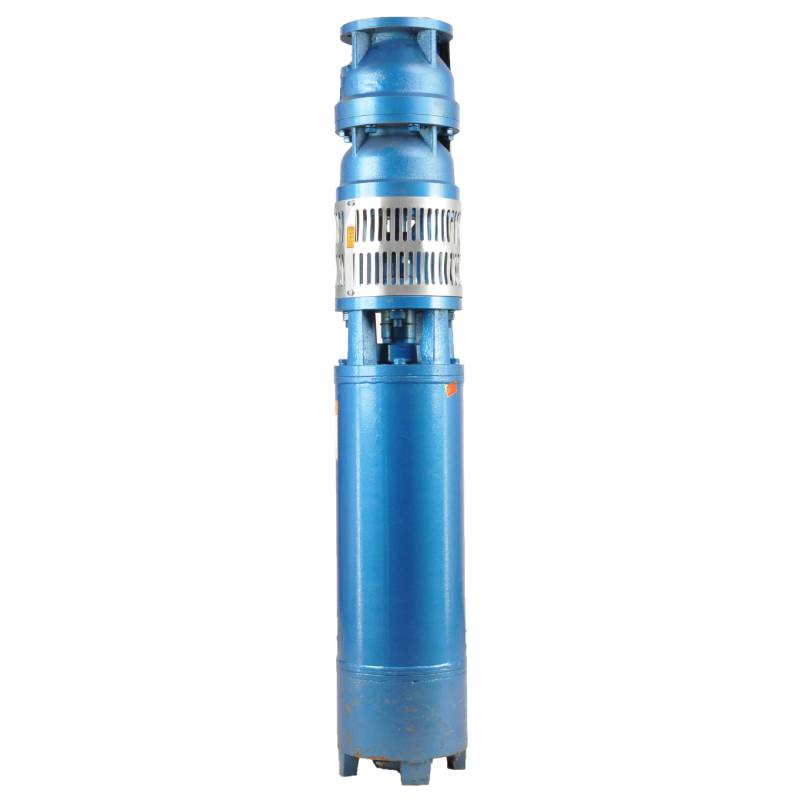Nov . 03, 2024 00:45 Back to list
how to size a deep well submersible pump
When it comes to selecting a deep well submersible pump, understanding how to size it correctly is crucial for ensuring optimal performance and efficiency. A well-sized pump meets the specific water demands of your application, prevents excessive wear and tear, and conserves energy. Here’s a detailed guide on how to properly size a deep well submersible pump.
Step 1 Determine the Required Flow Rate
The first step in sizing a deep well submersible pump is determining the required flow rate, which is typically measured in gallons per minute (GPM). This rate depends on your specific application, whether it's for agricultural irrigation, residential water supply, or industrial processes. Calculate the total water demand by considering peak usage times, the number of fixtures, or irrigation requirements.
Step 2 Assess the Well Depth
The depth of your well is a critical factor in pump sizing. Measure the total depth accurately, as this can significantly affect the performance of the pump. Remember to account for the static water level (where the water sits in the well when not pumping) and the dynamic water level (the level during pumping). The submersible pump must be able to reach the dynamic water level while providing adequate flow.
Step 3 Calculate Total Dynamic Head (TDH)
Total Dynamic Head (TDH) is another essential aspect to consider. It includes the vertical lift, friction losses in the piping, and any additional resistance caused by fittings or valves. To calculate TDH, use the following formula
\[ \text{TDH} = \text{Static Lift} + \text{Friction Loss} + \text{Other Losses} \]
how to size a deep well submersible pump

Friction loss can be estimated using charts or calculators based on pipe size, length, and flow rate. Make sure you have accurate measurements for these variables as they can greatly influence your pump selection.
Step 4 Select the Pump Type and Size
Once you have the required flow rate and TDH, you can start selecting suitable pump types. Deep well submersible pumps come in various designs and sizes, typically rated for specific flow rates and TDH. Consult the pump manufacturer's specifications and performance curves to find a model that meets your requirements. Ensure that the chosen pump can handle the calculated TDH while providing the desired flow rate.
Step 5 Consider Environmental Conditions
Lastly, consider the specific environmental conditions of your well. Factors such as water temperature, solids content (sand or sediment), and corrosive elements can affect pump performance and lifespan. Be sure to choose a pump constructed from materials that can withstand the conditions present in your well.
Conclusion
Sizing a deep well submersible pump involves a careful evaluation of flow rates, well depth, total dynamic head, and environmental factors. Taking the time to conduct thorough calculations will ensure that you choose a pump that operates efficiently and effectively for your needs. Proper sizing not only enhances performance but also minimizes the risk of premature pump failure and unnecessary energy costs. When in doubt, consulting with a professional can provide valuable insights tailored to your specific situation.
-
Submersible Water Pump: The Efficient 'Power Pioneer' of the Underwater World
NewsJul.01,2025
-
Submersible Pond Pump: The Hidden Guardian of Water Landscape Ecology
NewsJul.01,2025
-
Stainless Well Pump: A Reliable and Durable Pumping Main Force
NewsJul.01,2025
-
Stainless Steel Submersible Pump: An Efficient and Versatile Tool for Underwater Operations
NewsJul.01,2025
-
Deep Well Submersible Pump: An Efficient 'Sucker' of Groundwater Sources
NewsJul.01,2025
-
Deep Water Well Pump: An Efficient 'Sucker' of Groundwater Sources
NewsJul.01,2025
-
 Submersible Water Pump: The Efficient 'Power Pioneer' of the Underwater WorldIn the field of hydraulic equipment, the Submersible Water Pump has become the core equipment for underwater operations and water resource transportation due to its unique design and excellent performance.Detail
Submersible Water Pump: The Efficient 'Power Pioneer' of the Underwater WorldIn the field of hydraulic equipment, the Submersible Water Pump has become the core equipment for underwater operations and water resource transportation due to its unique design and excellent performance.Detail -
 Submersible Pond Pump: The Hidden Guardian of Water Landscape EcologyIn courtyard landscapes, ecological ponds, and even small-scale water conservancy projects, there is a silent yet indispensable equipment - the Submersible Pond Pump.Detail
Submersible Pond Pump: The Hidden Guardian of Water Landscape EcologyIn courtyard landscapes, ecological ponds, and even small-scale water conservancy projects, there is a silent yet indispensable equipment - the Submersible Pond Pump.Detail -
 Stainless Well Pump: A Reliable and Durable Pumping Main ForceIn the field of water resource transportation, Stainless Well Pump has become the core equipment for various pumping scenarios with its excellent performance and reliable quality.Detail
Stainless Well Pump: A Reliable and Durable Pumping Main ForceIn the field of water resource transportation, Stainless Well Pump has become the core equipment for various pumping scenarios with its excellent performance and reliable quality.Detail
